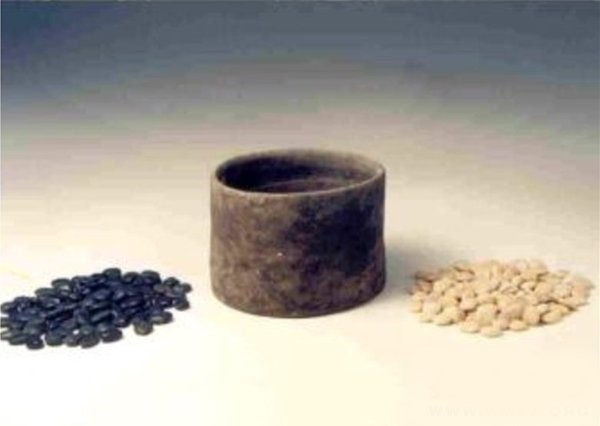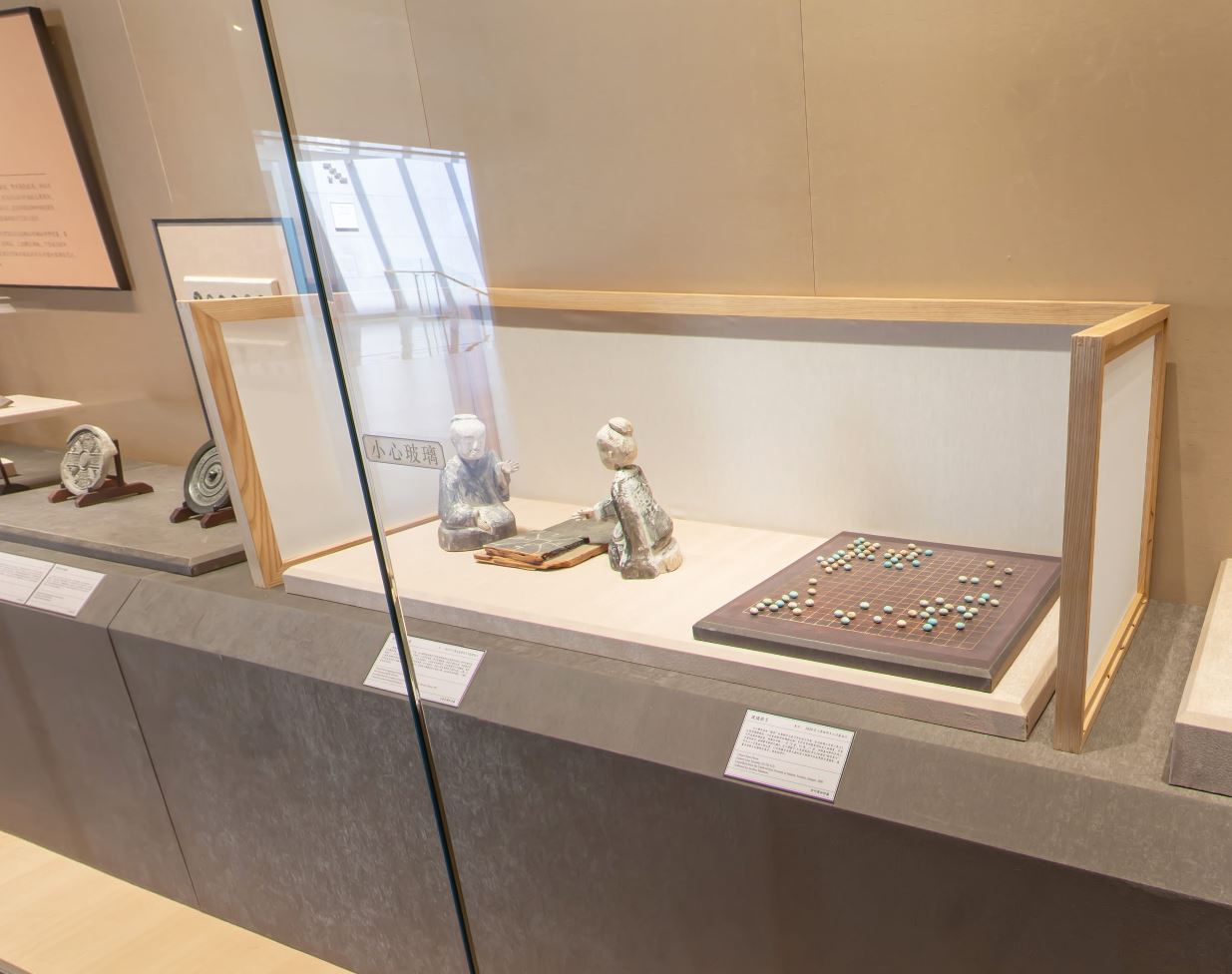Looking at these makes me realize how difficult it'd be to manufacture 361 identically shaped stones using bronze/iron age technology.
Go - Weiqi - Baduk
A place for players of Go / Weiqi / Baduk and anyone who wants to learn.
Rules:
-
Be civil.
-
Posts should relate to Go. Off-topic posts may be removed.
-
Memes, etc. are permitted if they follow rules 1 & 2.
Links:
Beginner Learning Resources
General Learning Resources
Go Servers:
Go Puzzles:
And the white (yellowish white) stones are made of bronze. It must have cost a fortune for a set. The tomb where it is unearthed is a joint tomb for the royal prince and his wife (they died in the late 1st century and the early 2nd century)
The second-oldest set of black and white stones are literally made of polished pebble stones, and about the same size, around 1.2 cm to 1.5 cm, dug up from a Jin Dynasty official's tomb in the 3rd century. Probably also cost quite a bit.

From the original word of 棊, it is very likely commoner's or less rich nobles would use pieces made of wood, or other less expensive materials like clay pottery before this time period. But they were unlikely to survive the passage of time, or very hard to tell them apart when surface paints wore off. I once read there are lots of beads unearth in many ancient tombs around this or earlier periods, they were usually contributed as divining tools, or just pure decorative items, but if there are enough of them unearthed, we cannot not rule out they might have been recreational use like game pieces or even Go "stones", and they might not even need to be round, we might have missed a lot of irregular shaped pieces, or even square pieces. The increased popularity of Go later in Tang and Song Dynasty as some kind of fashion, might have come from the advance in glassmaking and ceramic making technologies, and they finally were able to mass produce high quality "stones".
I don't know about their beliefs, but if the things are left for the deceased to use in the next life, then a Go set seems like the perfect thing to pack!
From what I've read, they (around Han dynasty) basically just put everything a person would use in life in their tomb, from vessels, house wares, daily objects, clothes, even food, wine, and figurines as servants, or if someone had a military position, their weapons, horses, armors, etc. So if someone loved to play Go in life, likely their family will put a Go set into the tomb. And they would even write what would go inside a tomb in a checklist and seal it in with the tomb as well, like helping the dead to organize and check if they miss anything.
The tradition of treating the dead family members like they were still alive, still persist today, like there is a special holiday (清明節) in every year, specifically for this purpose. We would visit those had passed away in their graveyards, organize and clean things up, and told them what had happened in the past year.
